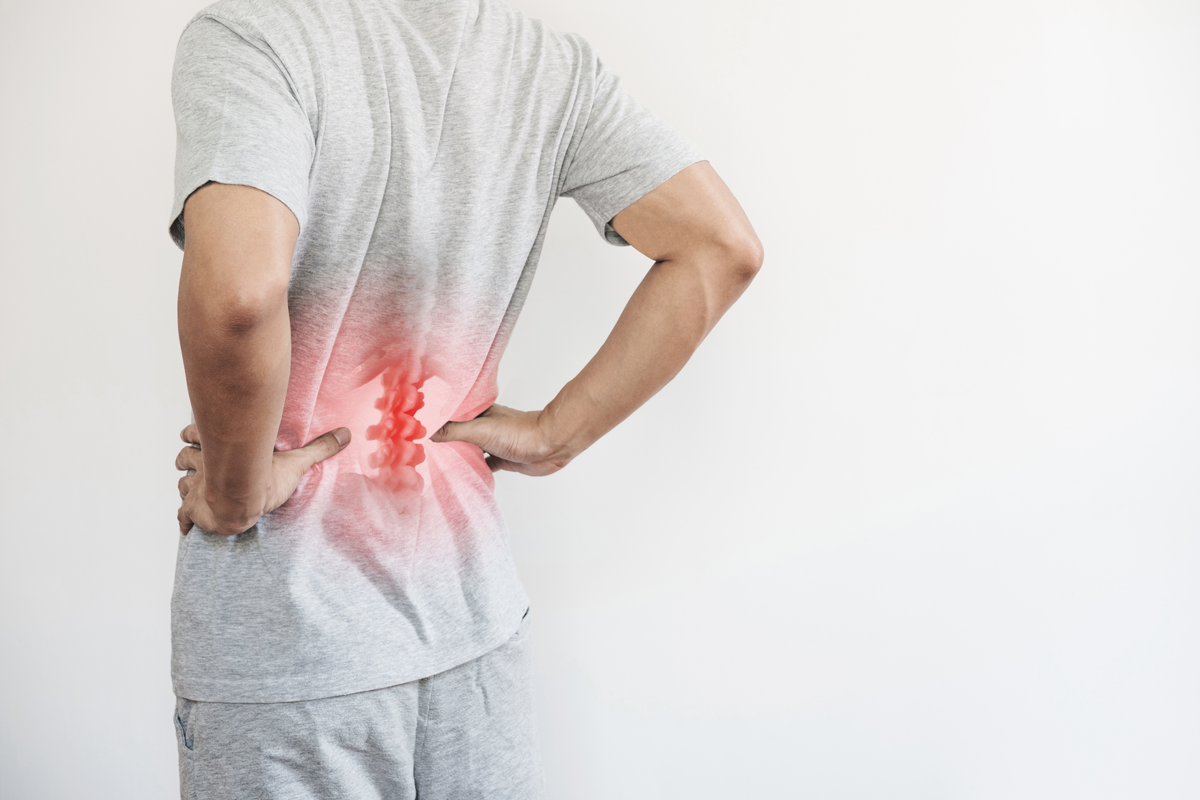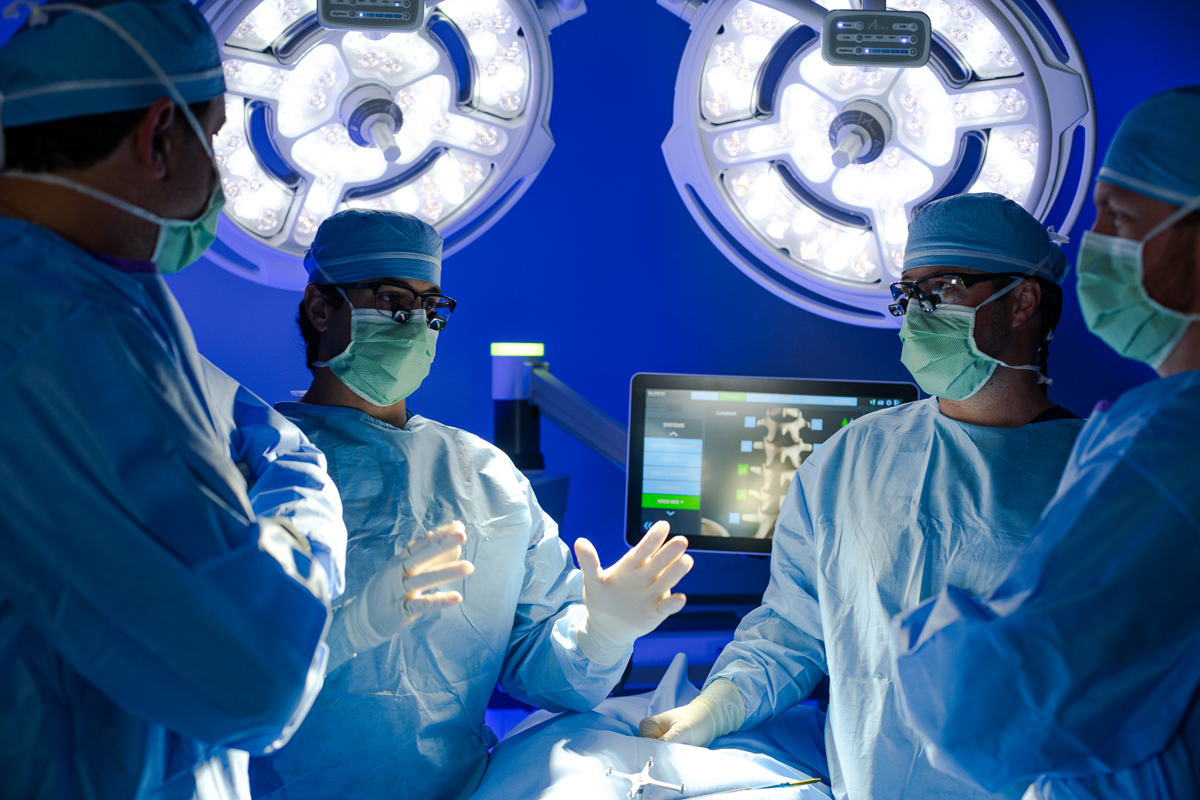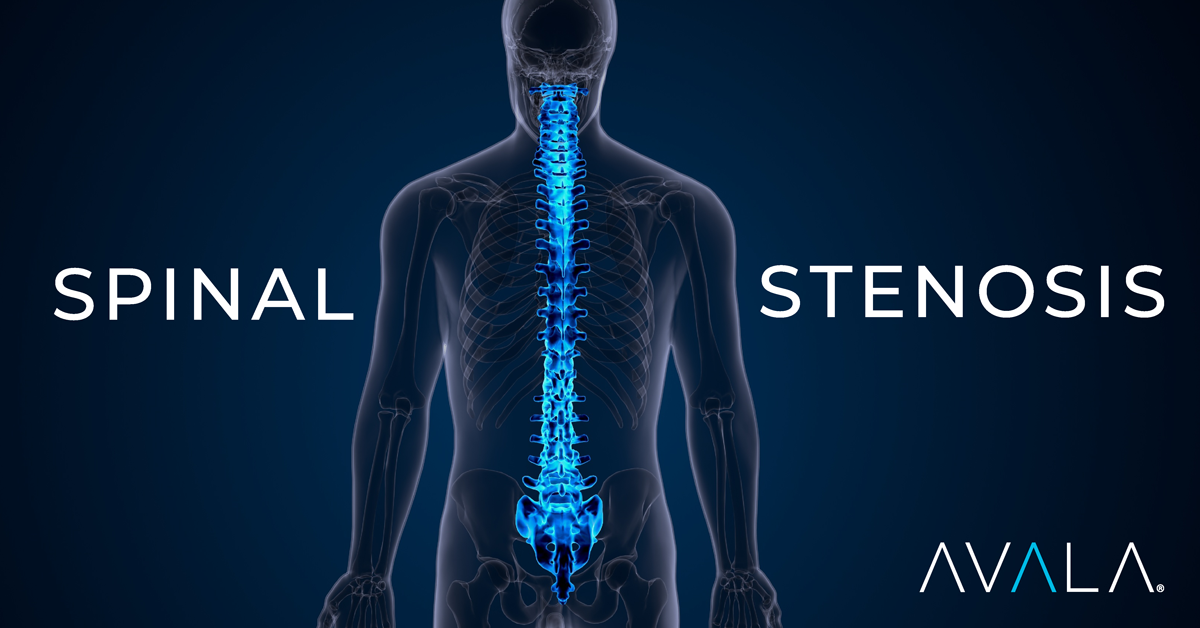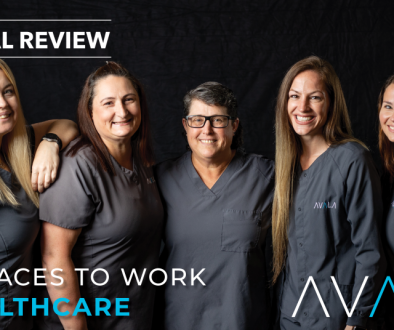SPINAL STENOSIS
What is spinal stenosis?
Spinal stenosis happens when the spaces in the spine narrow and create pressure on the spinal cord and nerve roots. The spinal cord is a bundle of nerves that comes out of the base of the brain and runs down the center of the spine. The nerve roots branch out from the cord. In spinal stenosis, the narrowing usually occurs over time.
Who gets spinal stenosis?
Anyone can get spinal stenosis; however, your chances of developing the disorder go up as you age. Spinal stenosis also can happen in younger people who are born with a narrow spinal canal or who have an injury to the spine.

What are the symptoms of spinal stenosis?
Symptoms of spinal stenosis happen when the spaces within the spine narrow and put pressure on the spine. This occurs most often in the lower back and neck. For most people, symptoms develop slowly, and some people may not have any symptoms.

What causes spinal stenosis?
Aging and age-related changes in the spine, injury, other diseases, or inherited conditions can cause narrowing of the spaces.
- Aging and age-related changes in the spine happen over time and slowly cause spinal stenosis. They are the most common causes of spinal stenosis.
- Arthritis is also a common cause of spinal stenosis. Two forms of arthritis that may affect the spine are osteoarthritis and rheumatoid arthritis.
- Other conditions such as tumors of the spine, fractures from injury or other medical conditions, and Paget’s disease of bone may also cause spinal stenosis.
Is there a test for spinal stenosis?
Doctors use a variety of tools to see if you have spinal stenosis and rule out other conditions, including:
- Medical and family history, which helps to determine if an injury, aging, or an underlying condition is causing your symptoms.
- Physical exam, which may check how you move and walk, when your pain happens, muscle strength in your arms and legs, and your balance.
- Imaging tests such as x-rays, MRI (magnetic resonance imaging), and computerized tomography (CT) scans.
How is spinal stenosis treated?
Who treats spinal stenosis?
AVALA Hospital has an expert team of spine surgeons and neurosurgeons who can assist with disorders and diseases of the spine, brain, and nerves. We also have pain specialists who have specialized training in evaluation, diagnosis, and treatment of different types of pain.

Living With Spinal Stenosis
The following self-care tips can help you manage and live with spinal stenosis:
- Get regular exercise. Try to exercise at least three times a week for 30 minutes. Avoid doing things that can make the pain worse. Your health care provider or physical therapist may recommend specific exercises for you to do at home as well. Talk to your doctor before beginning any exercise program.
- Change your daily routines that might cause pain. Pace activities so you don’t overdo it.
- Use assistive devices, such as a cane or walker, to help you safely move around.
- Try changing your posture. Some people may find that moving the spine into different positions can relieve some of their symptoms.
- Practice healthy habits. For example, maintain a healthy weight and if you smoke, quit.
National Institute of Arthritis and Musculoskeletal and Skin Diseases. (2000, January). Spinal Stenosis. https://www.niams.nih.gov/health-topics/spinal-stenosis




